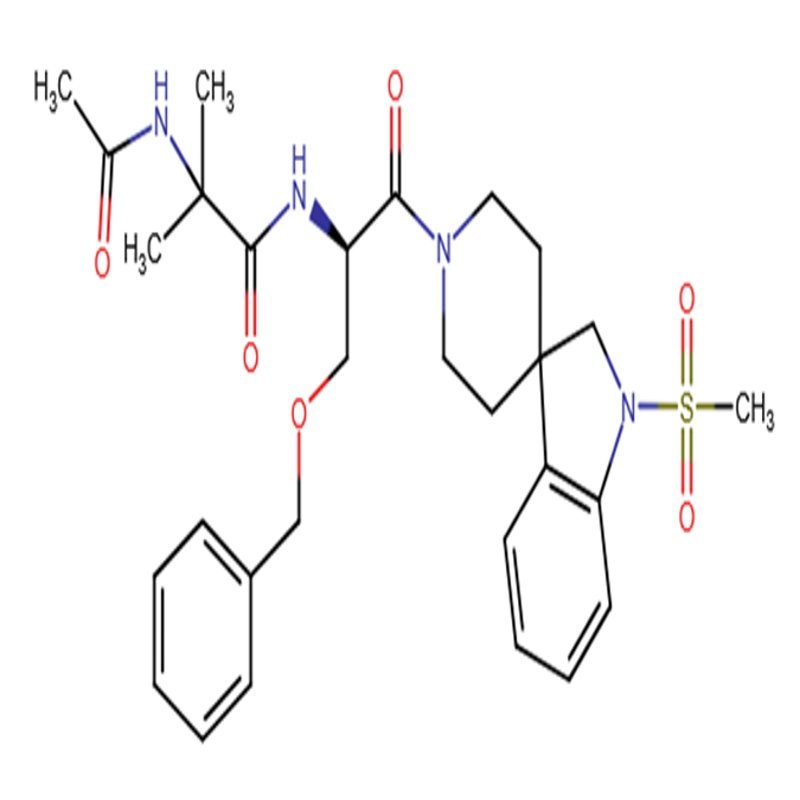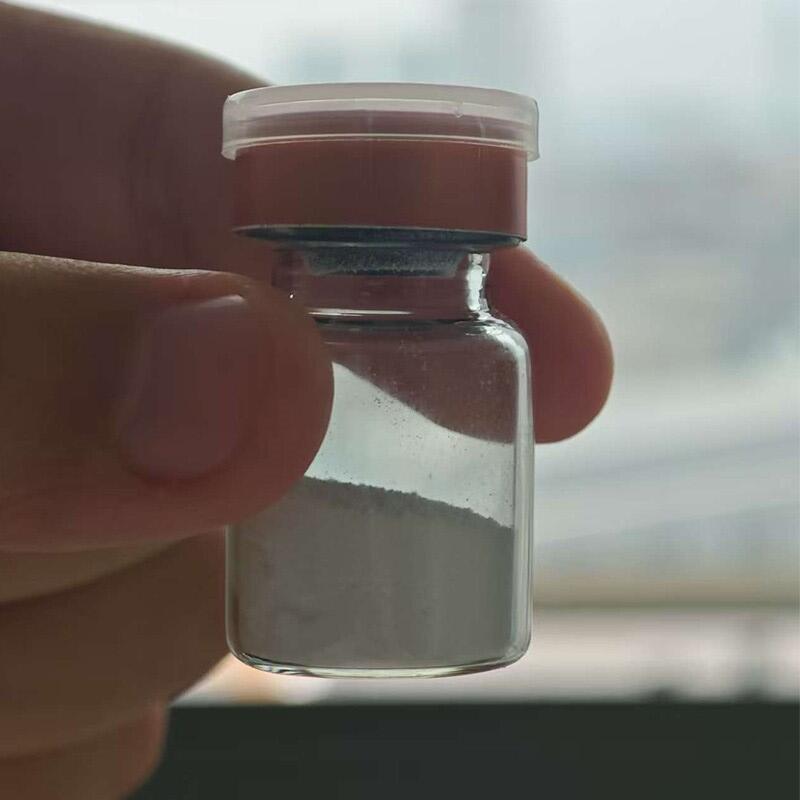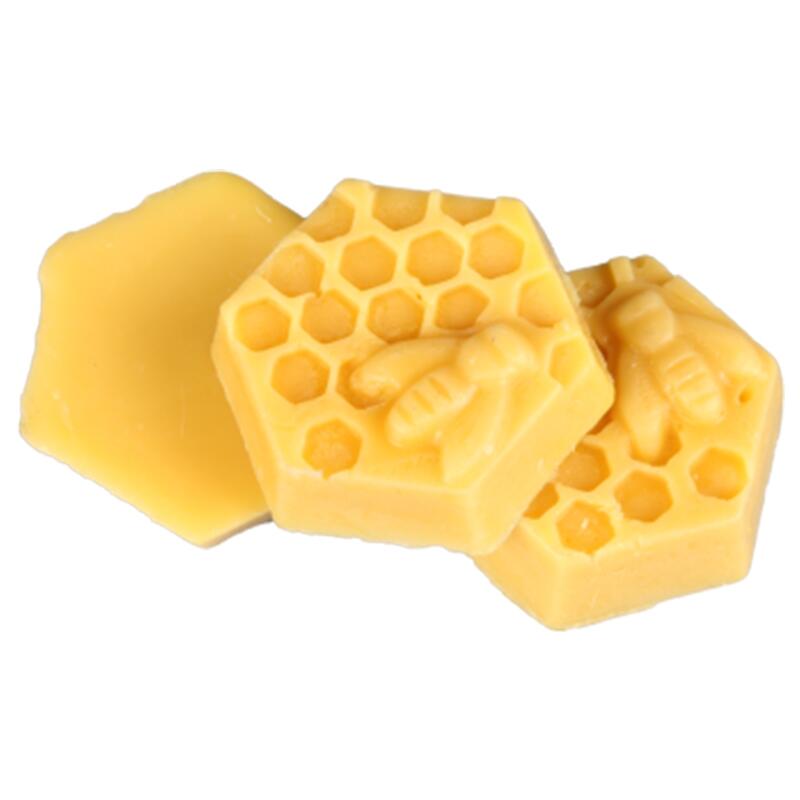-
Categories
-
Pharmaceutical Intermediates
-
Active Pharmaceutical Ingredients
-
Food Additives
- Industrial Coatings
- Agrochemicals
- Dyes and Pigments
- Surfactant
- Flavors and Fragrances
- Chemical Reagents
- Catalyst and Auxiliary
- Natural Products
- Inorganic Chemistry
-
Organic Chemistry
-
Biochemical Engineering
- Analytical Chemistry
-
Cosmetic Ingredient
- Water Treatment Chemical
-
Pharmaceutical Intermediates
Promotion
ECHEMI Mall
Wholesale
Weekly Price
Exhibition
News
-
Trade Service
2-Propenenitrile, also known as acrylonitrile, is an organic compound with the chemical formula C2H3CN.
It is a colorless liquid with a distinctive acrid odor, and it is used in a wide range of applications in the chemical industry.
One of the most common uses of 2-propenenitrile is in the production of polyacrylonitrile (PAN) fibers, which are used in a variety of applications, including textiles, filters, and reinforced plastics.
One of the most important applications of 2-propenenitrile is in the production of PAN fibers.
PAN fibers are produced by a chemical process known aspolymerization, in which small molecules of 2-propenenitrile are combined to form long chains of acrylonitrile units.
These chains are then reacted with a compound known as a polycondensation agent, such as glyoxal, to form a solid polymer.
The production of PAN fibers is an important application of 2-propenenitrile because the resulting fibers have a number of useful properties.
For example, PAN fibers are strong, durable, and resistant to heat and chemicals, making them suitable for use in a wide range of applications.
PAN fibers are also good insulators and have a high melting point, making them useful in the production of electrical wiring and other insulation products.
Another important application of 2-propenenitrile is in the production of tetraethylenepentamine (TEPA), which is a chemical intermediate used in the production of a variety of products, including surfactants, dispersants, and other industrial chemicals.
TEPA is produced by reacting 2-propenenitrile with glycidol, a chemical compound with the formula C3H6O3, in the presence of a strong acid catalyst, such as sulfuric acid.
The production of TEPA is an important application of 2-propenenitrile because the resulting chemical is used in a wide range of industrial applications.
For example, TEPA is used as a surfactant in the production of water-based paints and coatings, and as a dispersant in the production of lubricants and other industrial fluids.
TEPA is also used in the production of other chemical products, such as resins and plastics.
In addition to these applications, 2-propenenitrile is also used in the production of a variety of other chemicals and products, including adhesives, sealants, and other industrial coatings.
It is also used in the production of certain types of drugs and pharmaceuticals, and as a solvent in the production of inks and other printing products.
Overall, 2-propenenitrile is a versatile and widely used chemical compound in the chemical industry, with a wide range of applications in the production of fibers, chemical intermediates, and other industrial products.
Its unique properties and reactivity make it an important building block for a variety of chemical processes, and its widespread use is expected to continue in the coming years.







